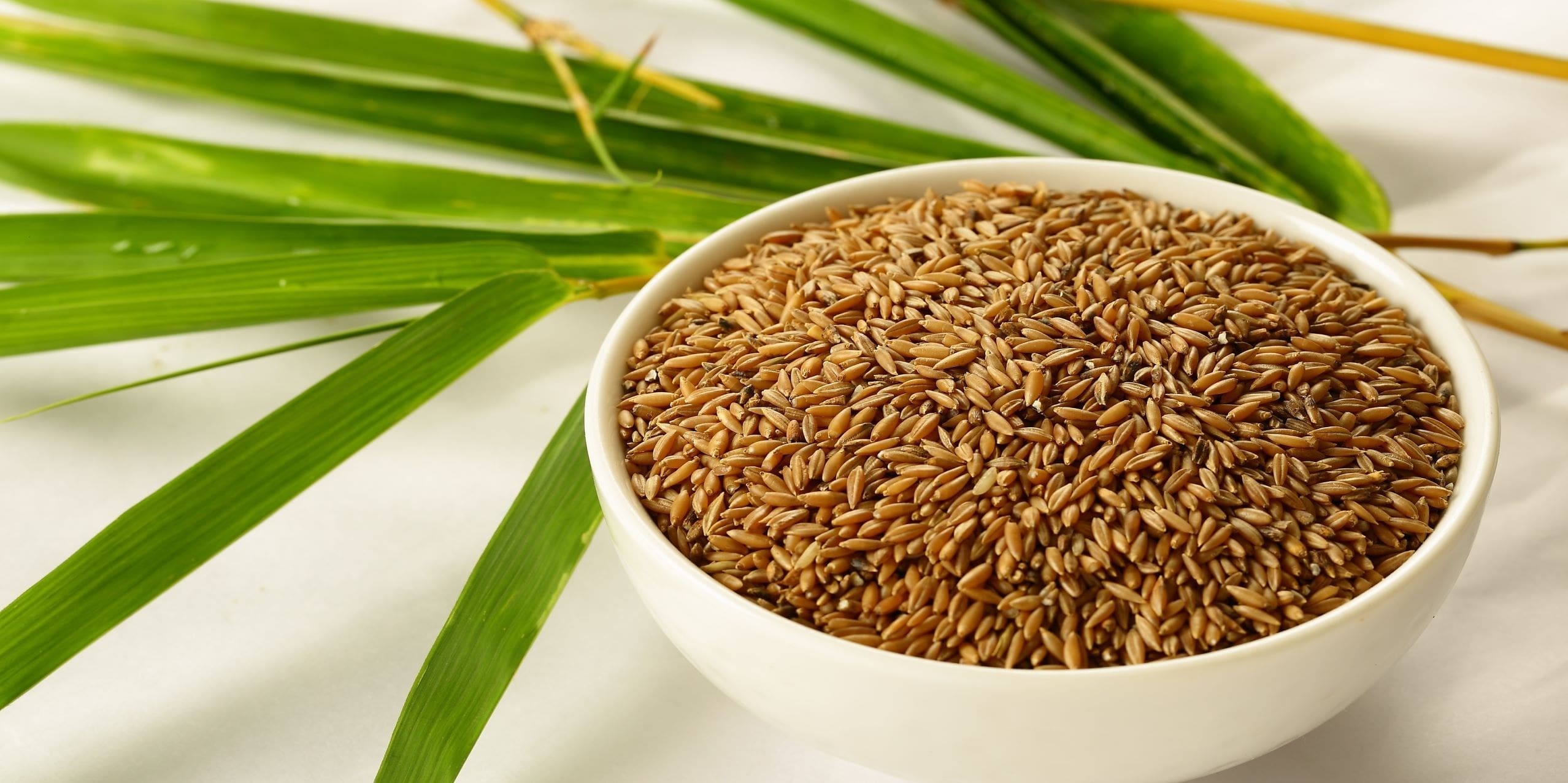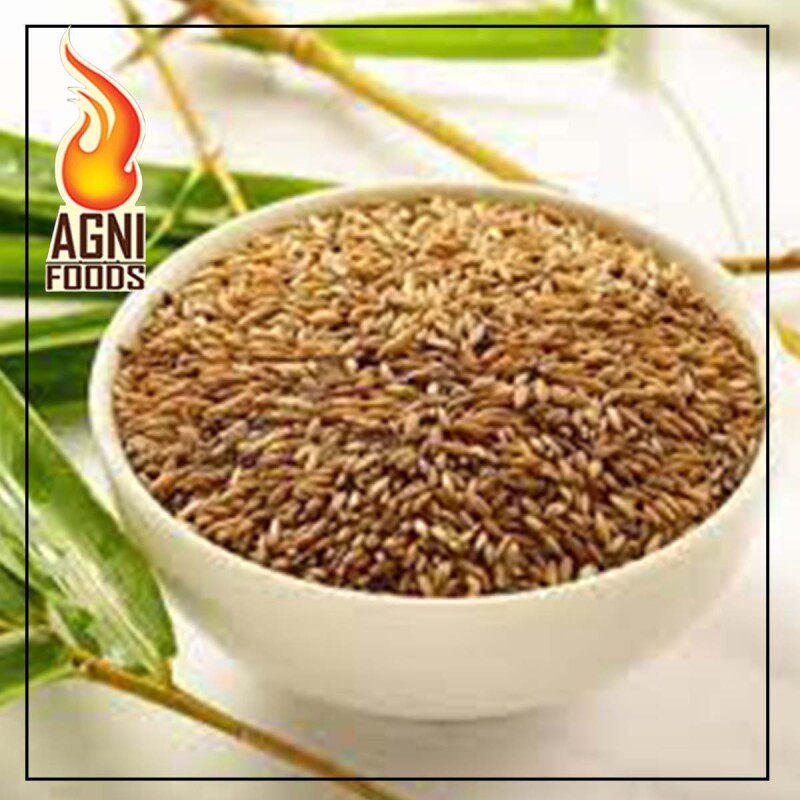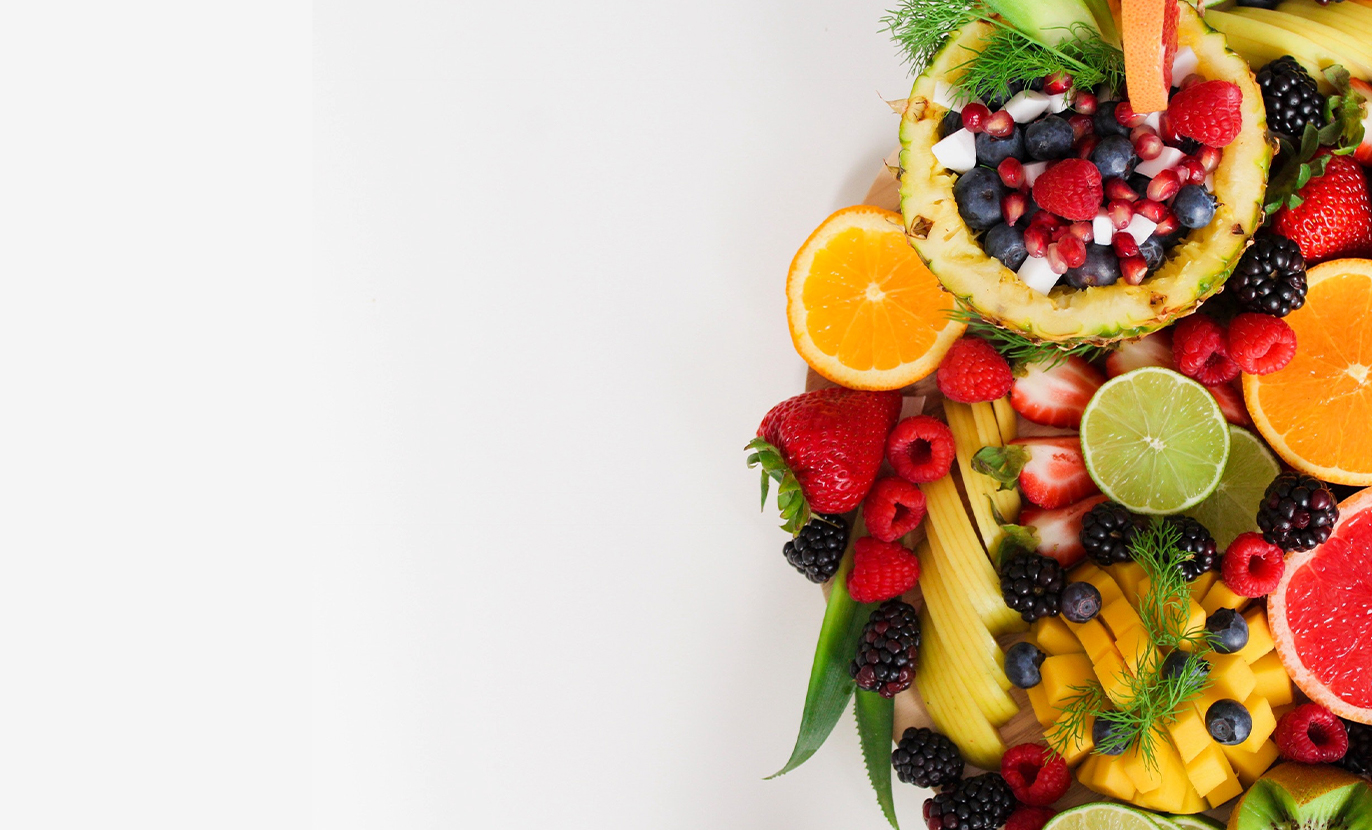Rice
"Bamboo Rice vs. Regular Rice: Which Is the Healthier Option?"

What is Bamboo Rice?
Bamboo rice is a unique and nutritious grain harvested from the flowering bamboo plant, typically found in regions like India and Southeast Asia. It is rich in essential nutrients, including fibre, protein, and minerals like calcium and iron. Unlike regular rice, bamboo rice has a slightly nutty flavour and is considered a gluten-free option, making it suitable for those with dietary restrictions. It is often used in various traditional dishes and offers numerous health benefits, such as improved digestion and energy levels.
Nutrient Comparison between Bamboo Rice Vs Regular Rice:
Bamboo Rice | Regular Rice |
Calories: 100-120 kcal | Calories: 130-150 kcal |
Carbohydrates : 23-27 g | Carbohydrates: 28-31 g |
Protein : 2-3 g | Protein: 2-3 g |
Fat : 0.6-1 g | Fat: 0.2-0.3 g |
Fibre : 2-3 g | Fibre: 0.5-1 g |
*Some Values may not be appropriate
Key Differences:
Calories: Bamboo rice tends to have slightly fewer calories compared to regular white rice.
Carbohydrates: Regular white rice has slightly more carbohydrates than bamboo rice.
Fibre: Bamboo rice has more fibre, which aids in digestion and satiety.
Fat: Bamboo rice has a bit more fat than white rice, though still low overall.
These basic values highlight bamboo rice as a nutrient-dense, fibre-rich option, making it a healthier choice for digestion and overall wellness compared to regular white rice.
Cultivation Process: Bamboo Rice vs. Regular White Rice
The cultivation process of bamboo rice and regular white rice differs in several ways, from the origin and growth conditions to the harvesting methods. Here’s a breakdown of each:
Aspect | Bamboo Rice | Regular White Rice |
Plant Type | Seeds of bamboo plant | Cereal grass (Oryza sativa) |
Growth Cycle | Grows after bamboo flowering, once in several decades | Annual crop, grows every year |
Cultivation Area | Bamboo forests in tropical regions | Paddies in tropical and subtropical regions |
Water Requirements | Minimal, as bamboo rice is grown in forests | Requires abundant water, often flooded fields (paddies) |
Planting Process | Bamboo seeds harvested after flowering | Seeds planted in nurseries, then transplanted to paddies |
Harvesting Process | Harvested during bamboo flowering cycle (rare) | Harvested annually after 4-6 months of growth |
Nutritional Loss | Retains its natural nutrition with minimal processing | Nutrient loss due to milling and polishing |
Processing | Dried and lightly processed, minimal disturbance | Polished to remove husk, bran, and germ (nutrient loss) |
Bamboo rice is harvested from bamboo species only during their rare flowering cycles and has minimal processing. It is more nutrient-rich because it retains its bran and germ, unlike regular white rice, which is heavily processed and polished, leading to significant nutrient loss.
Regular white rice, a staple crop, is grown in flooded fields and has a more consistent annual harvesting cycle. However, the processing involved removes much of its nutritional content, making it less nutritious compared to bamboo rice.
Why Bamboo Rice is so expensive than Regular White Rice?
- Rarity: Bamboo rice is harvested only when bamboo plants flower, which occurs once every 30 to 80 years, making it very limited in supply.
- Labour-Intensive Harvesting: The seeds are manually harvested and require careful processing, unlike white rice, which is mechanically harvested.
- Slow Growth Cycle: Bamboo plants take several years to mature before flowering, adding to cultivation costs.
- Unique Growing Conditions: Grown in forests under specific conditions, making it harder to access and cultivate.
- Nutritional Value: Bamboo rice is more nutrient-dense, adding to its premium price.
- Cultural Significance: Often considered a delicacy or medicinal food, increasing its perceived value.
- Limited Supply Chain: Sold through specialized markets or health food stores, which also drives up the price compared to widely available white rice
So due to the above reasons the Bamboo rice is so expensive.
In the comparison between bamboo rice and regular rice, bamboo rice stands out as the healthier option due to its higher nutritional value. It retains the bran and germ, offering more fibre, antioxidants, and essential vitamins than regular white rice. Bamboo rice also has a lower glycaemic index, making it better for blood sugar control. While bamboo rice is more nutritious, it is rarer and more expensive, making regular rice a more accessible choice. However, for those seeking a nutrient-dense option, bamboo rice is the better choice for long-term health benefits.
Buy Bamboo Rice Online at F5 Store
Looking for a healthy, unique grain to enhance your meals? Bamboo Rice is an excellent choice. Known for its distinct flavor and high nutritional value, Bamboo Rice is a rare find that is gaining popularity among health-conscious food lovers. Now, you can buy it easily online at F5 Store and enjoy the natural goodness it brings to your kitchen.






 Dairy products
Dairy products
 Dry Goods and Essentials
Dry Goods and Essentials
 Fruits and Vegetables
Fruits and Vegetables
 Personal Care
Personal Care
 Healthy Drinks
Healthy Drinks
 Pooja essential
Pooja essential
 Traditional Utensils
Traditional Utensils
 Books
Books






